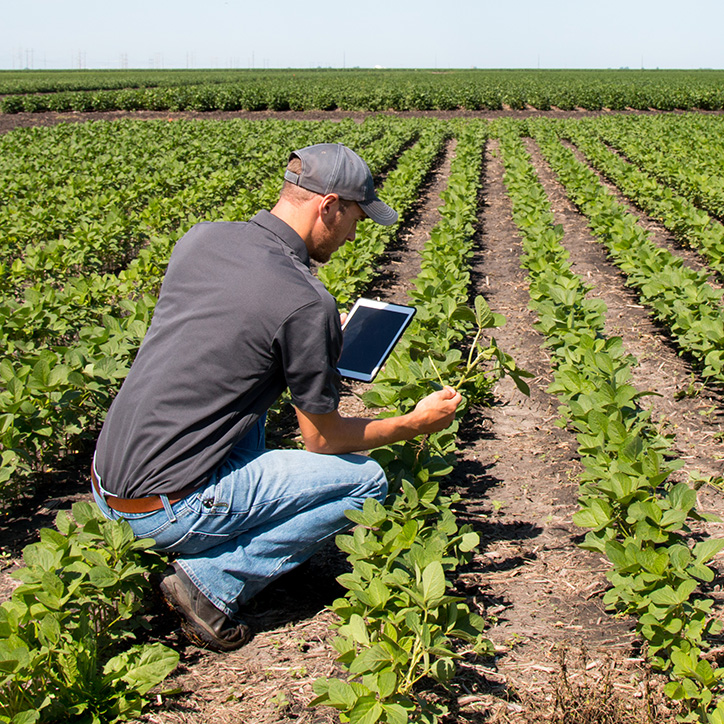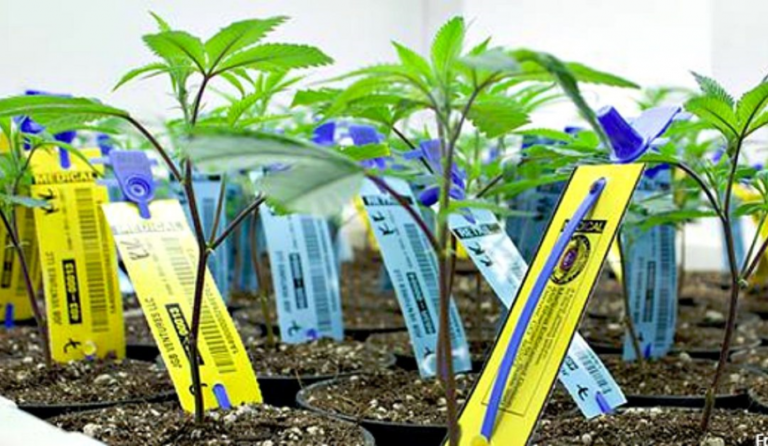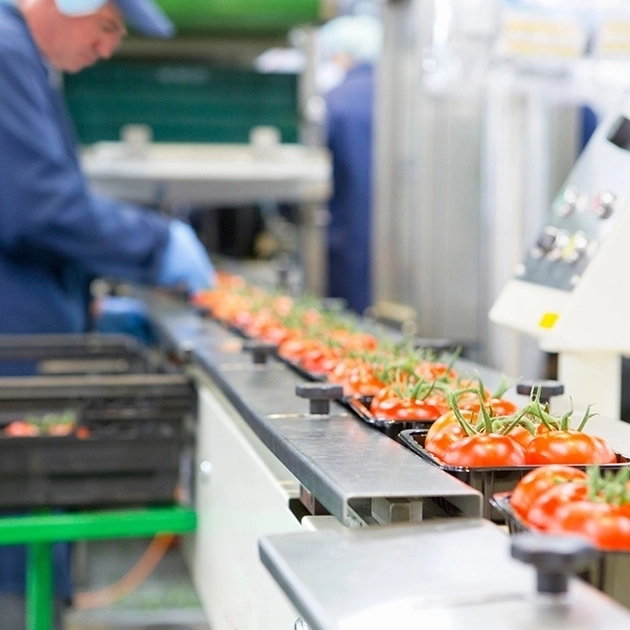RFID In Agriculture

Farming Redefined
By tagging livestock and crops, it offers real-time insights into their health, location, and growth, allowing for optimized care and resource allocation.

Crop Monitoring
RFID can measure soil moisture, temperature, and nutrient levels and fertilization to maximize yields while conserving resources.

Food Safety
It tracks the journey of produce from farm to fork, enabling swift recalls and safeguarding consumers against contaminated products.

Training and Support
At Logigates, we understand the importance of knowledge transfer and empowering your team to leverage the full potential of RFID technology.

Integeration & Support

Skilled Installation
If desired, our expert team can handle the complete installation of RFID technology, including hardware and software, ensuring perfect integration wherever you are.
FAQs
RFID stands for Radio-Frequency Identification. It’s a technology that uses radio waves to identify and track objects. In agriculture, RFID involves attaching RFID tags to assets like livestock, crops, and equipment. These tags contain unique identifiers that can be read by RFID readers, enabling precise tracking and data collection.
RFID is used in various agricultural applications, including:
Livestock Management: Tracking and monitoring livestock for health, breeding, and feeding optimization.
Crop Monitoring: Monitoring crop conditions and optimizing irrigation and fertilization.
Inventory Management: Tracking inventory levels of seeds, fertilizers, and equipment.
Supply Chain Visibility: Ensuring transparency and efficiency in the agricultural supply chain.
Food Safety: Tracking the origin and handling of food products to ensure safety and quality.
The cost of implementing RFID in agriculture varies depending on the scale of the operation and the specific use case. While there are initial costs for RFID tags, readers, and infrastructure, many farmers find that the long-term benefits in terms of efficiency, resource savings, and improved yields outweigh the initial investment.

